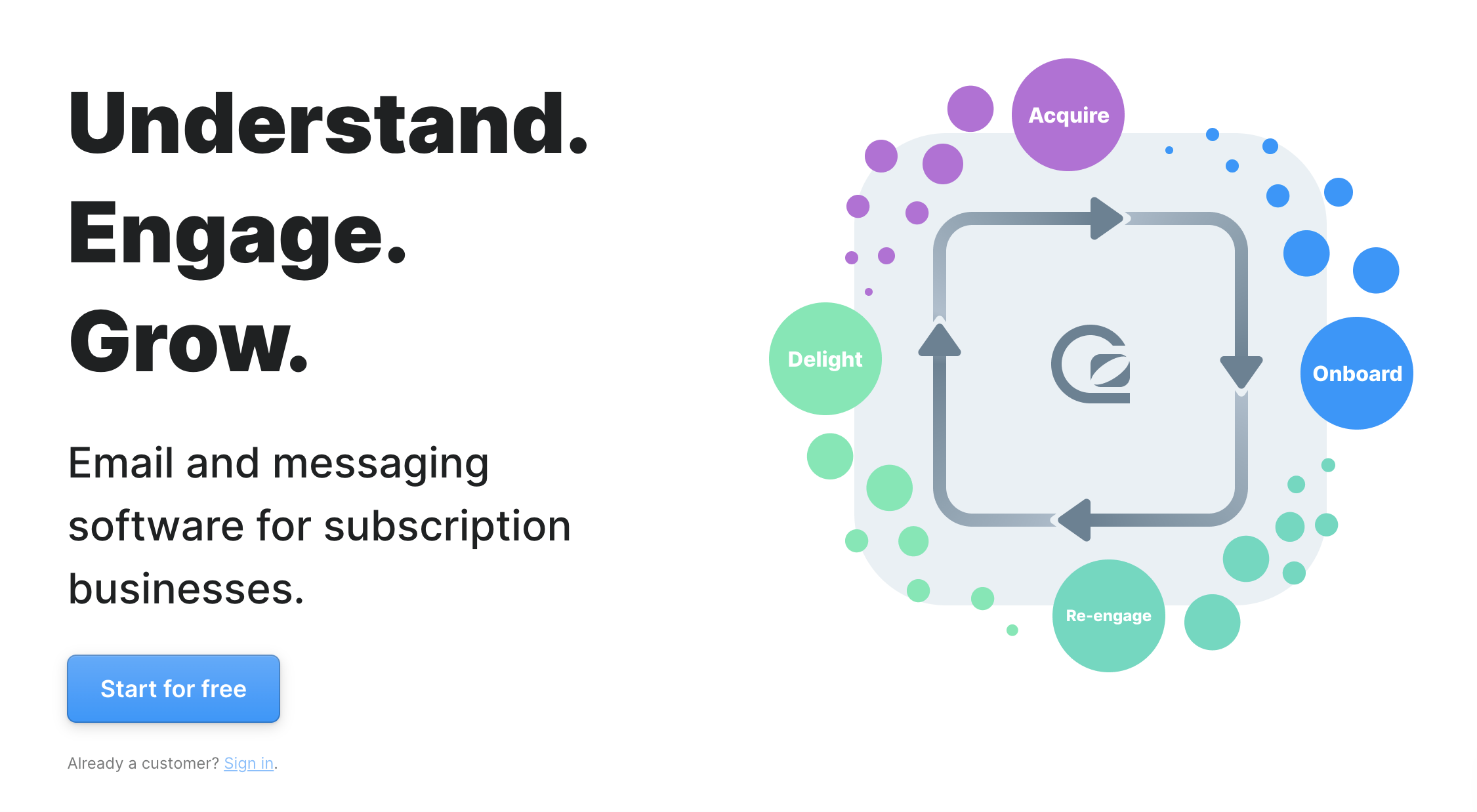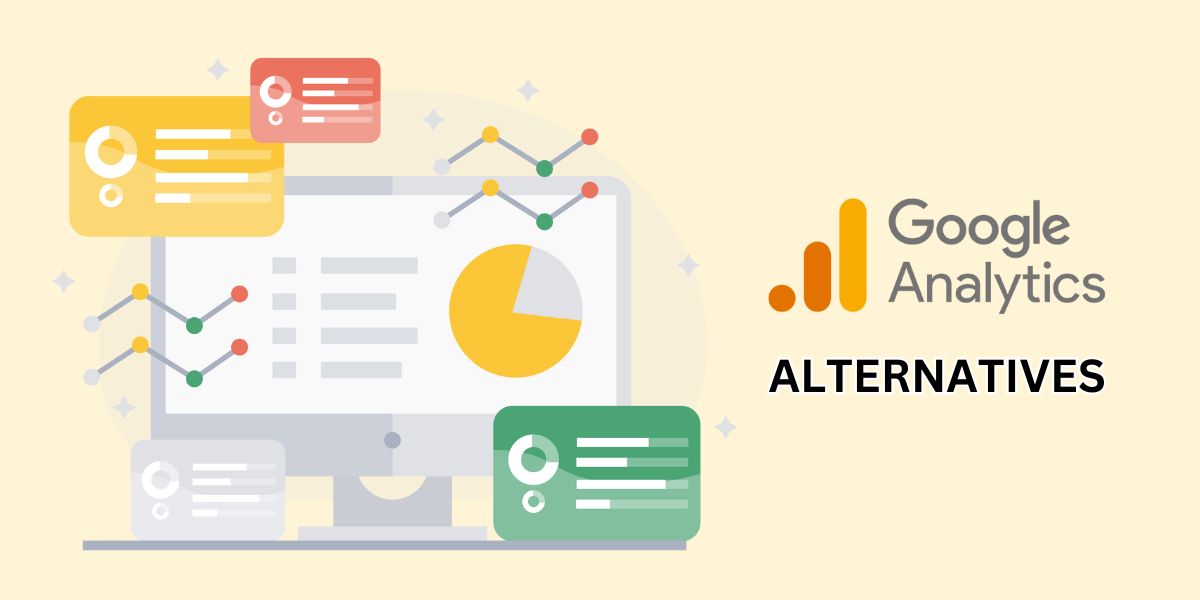Achieving customer engagement success results in higher loyalty to your brand. Your users not only like what they see, they even tell their friends about you.
At its core, customer engagement measures the depth of the relationship a customer has with your business. It relies on you going beyond basic communication, to actively engage with your customers so that they feel valued and understood.
The formula for good customer engagement is deceptively simple: use the right medium to send the right message for the right person at the right time. But how do you put that into practice? Here’s what you need to know.
Getting customer engagement right

In a previous post, we mentioned 5 major mistakes to avoid with your customer engagement. Now you’ve (hopefully!) given these a read, let’s focus on what you need to do to achieve customer engagement success.
There are five elements to the formula to good customer engagement, and you need to get each one right in order to succeed. These consist of the four main elements widely discussed by marketers, plus a fifth one that each of these rely on.
Getting just one element wrong can undo all of your hard work. Luckily, we’re here to explain what each of these elements are, and how you can master them with confidence.
New to customer engagement? Check our our ultimate guide, or our free customer engagement course.
#1 – Start with your objective
You need to know what you want to achieve with your customer engagement efforts and how you’re going to achieve it.
Your objective might be to increase revenue without exceeding a certain budget. By examining your figures, you see that it costs less to convince existing customers to upgrade their subscription than it does to acquire new customers.
So you can achieve more with your budget by persuading customers to upgrade to a premium tier.
#2 – Right person
When you know what you want to achieve, it’s time to decide who is the right customer to speak to.
In our example, you need to speak to the customer responsible for deciding whether or not to upgrade to a premium tier.
Your existing customer data might be able to help you. Otherwise, you’ll use your understanding of your customers and your sector to help you identify the decision maker.
In this case, your data shows that engaged customers who are heads of a finance department are the key decision makers you need to convince.
The next step is to collect all of the right people together so you can send them a message. These collections are called segments. You create them by giving your customer engagement platform certain criteria to help it identify the right customers.
In our example, you could decide to create a segment of customers with the job title of Chief Financial Officer (CFO) or Finance Director that have signed in to our service in the past two weeks.
Segmentation is a big topic, to learn more check out our beginners guide to segmentation.
Now, how do we craft the right message for your target segment?
#3 – Right message
To get the right message, you need to put yourself in your customers’ shoes. You have your objectives. They have theirs.
Your right message needs to make them feel you can help them achieve their objectives.
In our example, you might use your understanding of your sector and your customers to determine that they’re struggling to keep down costs at the moment, which is a key driver for CFOs in your sector.
And your premium tier offers one-click advanced reporting that means they don’t have to manually pull and collate data from different sources. You can save your customers’ finance teams time and money.
Now you have the core of your message: reduce costs with advanced reporting.
#4 – Right medium
What is the right way to deliver this message?
In-app messaging is fantastic because your message is already in the right context: your customer is not only thinking about work, but they’re also interacting with your service and your brand. They’re just one step away from where you want them to be.
The downside is that you could be interrupting their workflow with your message.
Sending an email is another option. But this email will certainly interrupt something, whether it’s your customer’s workflow or their life outside work. The odds are also good that they won’t be at their desk: 47% of email is opened on a mobile device. And don’t forget that every email offers a way to unsubscribe, so you need to tread carefully.
But email is a good opportunity to bring them back to your site and, done well, can be a good way of delivering new information in a way that doesn’t interrupt a busy work day.
Often, the most powerful engagement strategy uses both of these mediums. Which leads us to…
#5 – Right time
Sometimes the right time is a time of day. More often, the right time is behaviour-based: automation tools allow you to set up sequences that send messages to customers at a personalised time based on their specific behaviour.
For example, you could send your CFO’s an in-app message next time they sign in to their dashboard. This would be followed up by an email sent at 7pm on the Sunday after they see the in-app message; many high-level executives check their emails on Sunday evening to prepare for the coming week.
Automation offers lots of exciting possibilities, learn how to get started with our complete guide to email automation!
Putting it all together
The secret to successful customer engagement is using the right medium to send the right message to the right person at the right time.
In our example, we identified a need to increase revenue with a limited budget, which could be achieved by driving more upgrades to a premium tier. We identified CFOs and Finance Directors as the right people to contact, with a message about reducing costs using your advanced reporting. We’ll send them an in-app message next time they access the dashboard, and follow it up with an email sent at 7pm the Sunday after they see the in-app message.
But your work isn’t quite done yet. Because there’s a second secret to successful customer engagement: data.
Getting better through the power of engagement data
Your customer engagement platform will collect a lot of data about this campaign. For instance:
- Who engages with which message
- How quickly they engage
- Which message is most effective
- The type of businesses that upgrade or don’t
…and so on.
This data will help you adjust your campaigns as they progress and, more importantly, create better engagement campaigns in the future. So make sure you’re monitoring and recording this valuable information.
To make sure this information is as useful as possible, allow your customer engagement platform to collect a significant amount of data, and then use that to make small, incremental changes.
This means you shouldn’t make changes to current campaigns unless something is broken or seriously underperforming. And you shouldn’t make too many changes to your strategy in subsequent campaigns.
The reason for this is simple:
You need to be able to compare two sets of data and identify one variable as the cause of any differences. If there are too many changes made between two campaigns, you won’t know which change caused your success (or failure!)
Using data to improve customer engagement
And speaking of changes, what might these look like?
Let’s say that your report-related upgrade messages are seeing better success with CFOs of SMEs than smaller businesses.
It could be that smaller businesses need a stronger reason to spend money, and therefore need a different message next time.
Or perhaps your follow-up email isn’t being acted upon as much as you’d hoped. You might want to experiment with sending it at a different time.
Or perhaps the in-app message isn’t driving much engagement at all. It might be worth optimising the copy.
Engage, measure, tweak and repeat – That’s the way to steadily improve your strategy and unlock the approach that works best for both your business and your customers.
Master the art of customer engagement for your business

We’ve taken a whirlwind tour through the secrets of successful customer engagement, which can be summarised as using the right medium to send the right message to the right customer at the right time. Plus using data to measure and improve on the results.
Want to put what you’ve learned into practice? Customer engagement is one of the top aspects GoSquared’s Engage product can help you master. As a dedicated email and messaging software for subscription based businesses, Engage is designed to capture leads, onboard users, communicate with your customers and most importantly, retain your customers.
To learn more about improving your customer engagement using GoSquared, reach out to us at any time to book a personalised demonstration with one of sales engineers.

